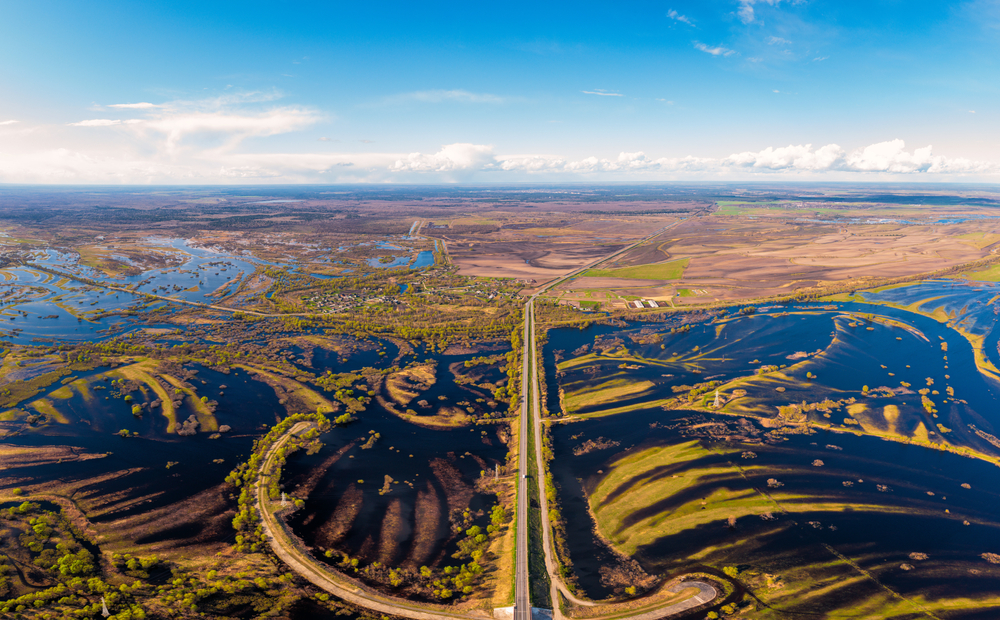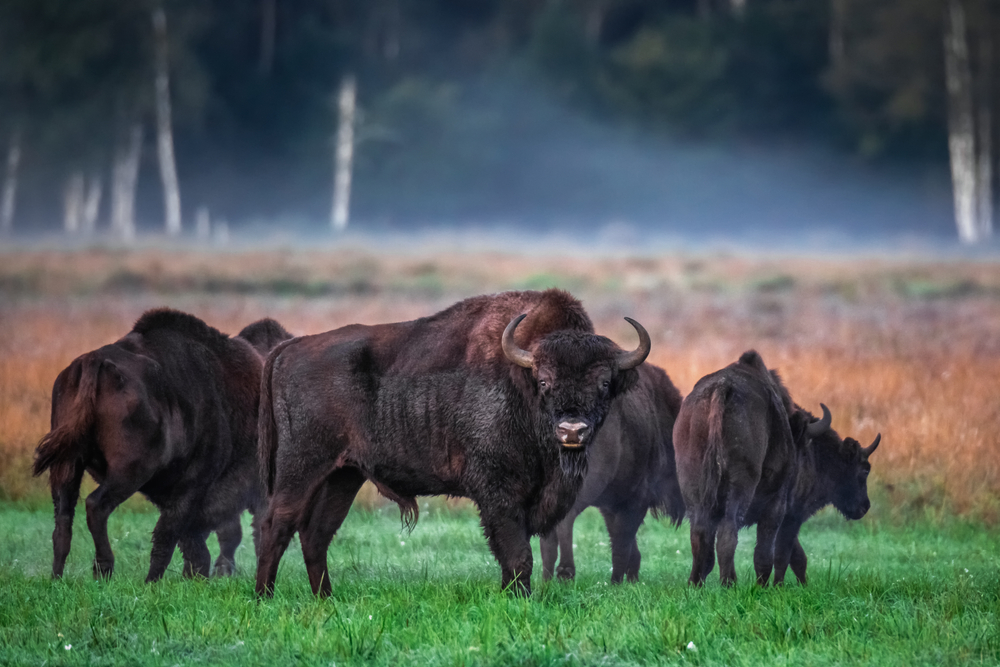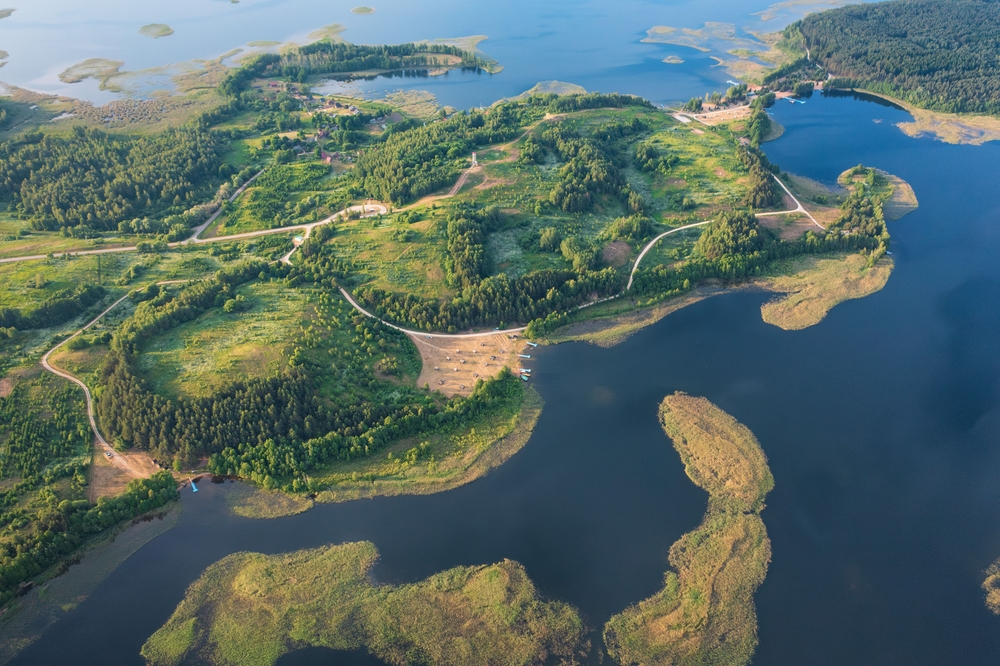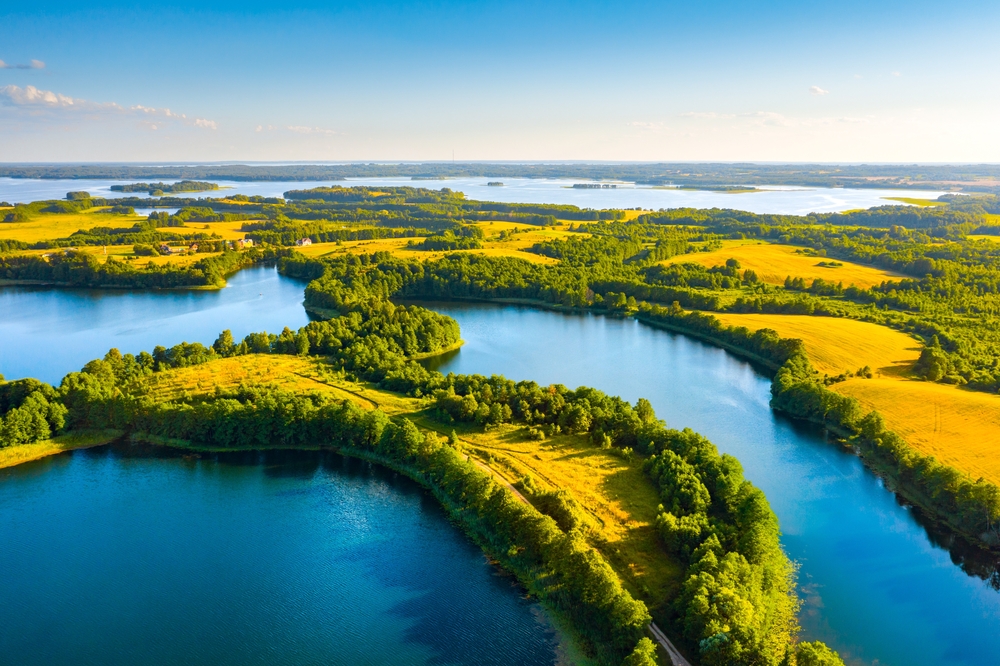Pripyatsky Overview
Pripyatsky National Park, known locally as Prypyatski Natsyyanal’ny Park, is located in southern Belarus along the Pripyat River, a major waterway that gives the park its name. The park spans approximately 2,000 square kilometers (772 square miles) and is a vital part of the extensive Polesia region, often referred to as the “lungs of Europe” due to its vast floodplain forests and wetlands.
This pristine area, lying near the border with Ukraine, is a haven for biodiversity and serves as one of the largest intact swamp ecosystems in Europe. The park’s terrain is dominated by an intricate network of rivers, lakes, peat bogs, and floodplain meadows, which create a mosaic of habitats. The Pripyat River, with its meandering course, defines the park’s landscape, often flooding in spring and creating a dynamic wetland system.
Ancient oak and alder forests line the riverbanks, while sedge marshes and reed beds dominate the lower floodplain areas. The rich diversity of vegetation includes rare and protected species like the water caltrop and orchids, adding to the park’s ecological value.
Wildlife is a major draw for visitors to Pripyatsky National Park. The park is home to an impressive array of mammals, including European bison, elk, wild boar, and beavers. Predators such as wolves and lynx also roam the area, though they are elusive and more challenging to spot.
Birdwatchers are particularly drawn to the park, as it is a crucial stopover for migratory birds and a breeding ground for many species. Notable birdlife includes white-tailed eagles, black storks, and the rare aquatic warbler, one of the most endangered passerines in Europe. In total, over 250 bird species have been recorded, making the park a paradise for ornithologists.
Popular features of Pripyatsky National Park include its extensive waterways, which provide excellent opportunities for canoeing and boating. These activities allow visitors to explore the park’s serene landscapes and get close to its wildlife.
Guided nature trails and birdwatching tours are also popular, offering a chance to learn about the park’s unique ecology and see its inhabitants in their natural habitats. During the spring flooding, the park transforms into a mesmerizing wetland landscape that attracts nature photographers from across the region.
The park faces several conservation challenges, including threats from agricultural expansion, illegal logging, and climate change, which impacts the delicate hydrology of the floodplains. However, concerted efforts by the Belarusian government and international conservation organizations have led to significant successes in protecting the park’s unique ecosystems.
Restoration projects aimed at maintaining the natural water regime and reintroducing species like the European bison have been particularly noteworthy. The park is also part of the Ramsar Convention, highlighting its importance as a wetland of international significance.













































































